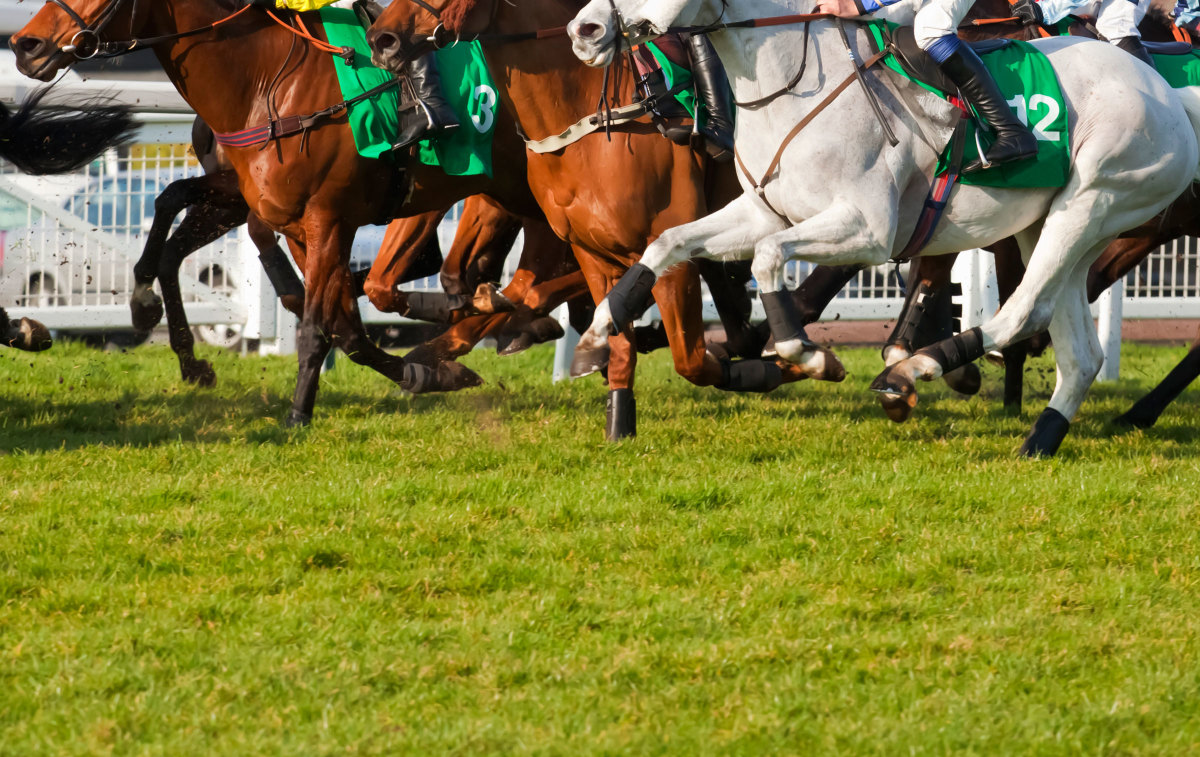
This retrospective study aimed to identify associations between the severity and location of osteochondral fragments in the carpus and to describe the racing performance of horses pre‐ and post‐arthroscopic removal in Thoroughbreds and Quarter Horses. Authors of this study were Graham, R. J. T. Y.; Rosanowski, S. M.; and McIlwraith, C. W.
The medical and racing records of racehorses that underwent carpal arthroscopy between 2006 to 2016 due to clinical signs and radiographic findings consistent with carpal chip fragmentation were retrospectively reviewed. Signalment, location of fragmentation and grade of defect after arthroscopic removal and debridement were described and logistic regression used to identify factors associated with an unsuccessful return to racing.
In total, 828 horses (416 Quarter Horses and 412 Thoroughbreds) underwent 880 carpal arthroscopies for removal of fragments. A total of 65% and 27% of lesions were bilateral in Quarter Horses and Thoroughbreds, respectively, with the most commonly affected bone in both breeds being the dorsodistal radial carpal bone.
Overall, 82% of horses raced post‐surgery, with 69.5% racing at the same or a higher level. Factors associated with horses not returning to racing post‐surgery were increasing horse age, being female, and a lesion grade of 4/4, while racing pre‐surgery appeared protective.
There were significant differences between the location and severity of lesions in Quarter Horses compared to Thoroughbreds. The majority of horses returned to racing following surgery, with lesion severity affecting performance.
You can access this article on the Wiley Online Library.









